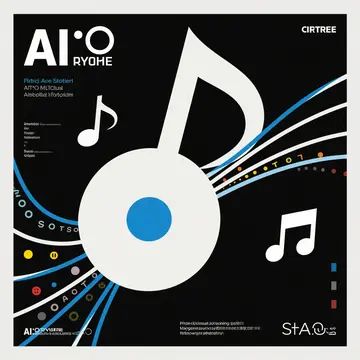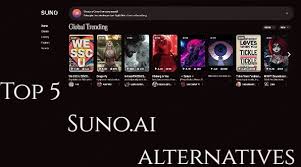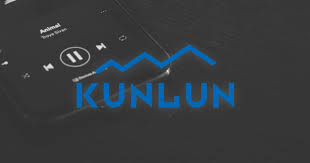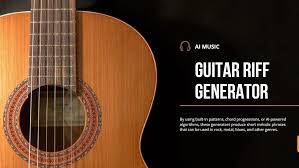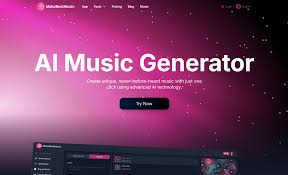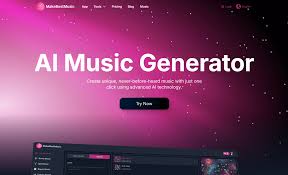From the deep resonance of the Indian sitar to the sharp, rhythmic strikes of the African djembe, traditional instruments have defined cultures and civilizations for centuries. But what if you could simulate these unique sounds—not with physical instruments, but with AI tools?
In 2025, the rise of generative music platforms has made it possible to simulate these instruments using machine learning and audio synthesis. Whether you’re a composer scoring a historical documentary, a game designer building a culturally immersive world, or a hobbyist producing lo-fi world beats—AI has entered the chat.
So which platforms do it best? In this article, we reveal the best AI tools for traditional instrument simulation, based on fidelity, cultural depth, ease of use, and creative flexibility.
Why Traditional Instrument Simulation Matters
Before jumping into the tools, let’s understand the why:
Hiring live players of rare traditional instruments (e.g., erhu, duduk, ngoni) is expensive and time-consuming.
Sample libraries are static. AI, on the other hand, can generate new, expressive phrases in real-time.
Many creators want to explore cross-cultural fusions without cultural appropriation or poor-quality loops.
The key challenge? Getting the texture, tone, and technique of the instruments right.
1. Mureka AI – Best for Prompt-Based Multicultural Instrument Control
Mureka is one of the few generative AI music platforms that lets users specify traditional instruments directly in prompts. It supports text + audio input, and its training data spans global genres and tonalities.
Why It’s Great:
Prompts like “Iranian santur with soft ambient textures” produce eerily realistic results.
Recognizes rare instruments such as oud, guzheng, duduk, tabla, and kora.
Allows emotional tone control—important for expressive instruments.
?? Use Case: A podcast intro using Chinese guzheng in a minor scale with meditative mood.
Drawback: Requires prompt literacy and isn’t a one-click solution.
2. AIVA (Artificial Intelligence Virtual Artist) – Best for Orchestral World Elements
While AIVA is mostly used for cinematic scoring, it includes orchestral instrument profiles from various cultures—especially for strings and percussion.
Traditional Instrument Features:
Simulated ethnic percussion (taiko, frame drums, udu)
World-inspired orchestration for film and games
Works great with MIDI-style user input or for scoring
?? Use Case: Epic trailer music with taiko drums and Turkish string flourishes.
Drawback: Less useful for highly localized folk genres.
3. Amper Music – Best for Blending Traditional with Modern Genres
Although Amper leans more into mainstream genres, its world-music templates and instrument emulation engine allow you to simulate traditional percussion or strings and combine them with pop, EDM, or lo-fi.
Strengths:
Great for quick, world-inspired soundbeds
Can blend instruments like kalimba, marimba, conga with modern arrangements
Beginner-friendly UI
?? Use Case: Instagram reels with African thumb piano (kalimba) over ambient textures.
Drawback: Less accurate than tools focused on ethnomusicology.
4. Endlesss – Best for Live Looping with Cultural Instruments
Endlesss is a live collaboration and loop-based music creation tool with AI-assisted generators and traditional world instrument patches.
Traditional Music Capabilities:
Simulates live performance techniques using audio models
Features community-created world instrument patches
Great for collaborative jams with traditional sounds
?? Use Case: Real-time jam session using Middle Eastern oud and African drums with loop layering.
Drawback: Requires installation, more performance-oriented than generative.
5. Boomy – Best for Casual World Instrument Experiments
If you just want to play around with global instruments without complex settings, Boomy is a good starting point.
Features:
Pre-set templates with global flavor
Sometimes includes generic world music percussion (e.g., bongos, congas)
Fast and social-platform-ready
?? Use Case: TikTok dance challenge track with Latin pop percussion.
Drawback: Lacks instrument-level control or authenticity for traditional purists.
Comparison Table: Best AI Tools for Traditional Instrument Simulation
| Tool | Cultural Instrument Fidelity | Customization | Use Case | Best For |
|---|---|---|---|---|
| Mureka | ★★★★★ | High | Audio storytelling, film | Pro composers, sound designers |
| AIVA | ★★★★☆ | Medium | Cinematic scoring | Film/game composers |
| Amper | ★★★☆☆ | Medium | Pop/world fusion | Content creators |
| Endlesss | ★★★★☆ | High (live) | Live performance & jam | Loop artists, jammers |
| Boomy | ★★☆☆☆ | Low | Social music creation | Hobbyists, beginners |
Tips for Getting Authentic Sound from AI
Use culturally accurate prompts. Mention scales, instruments, and moods.
Blend with real samples for depth—use AI as a sketchpad.
Avoid stereotypes. Not all “Asian music” uses pentatonic; not all “African music” is percussive.
Layer human expression. Add real vocals or field recordings for emotion.
Conclusion: Bridging Tradition and Technology
Simulating traditional instruments with AI is no longer a novelty—it’s a powerful tool for inclusive creativity, budget-friendly production, and cross-cultural storytelling.
Whether you want to recreate a raga, add shakuhachi to your game soundtrack, or explore new genre fusions, the tools above provide different levels of control and authenticity.
For precision and depth, choose Mureka.
For cinematic flair, try AIVA.
For quick ideas or social media music, start with Boomy or Amper.
Just remember: while AI can simulate the sound, it’s your artistic direction that gives the music meaning.
FAQs
Can AI really replicate the sound of traditional instruments accurately?
Yes, especially with tools like Mureka that support detailed prompt input. However, nuance and human feel are still hard to emulate fully.
Are these AI tools royalty-free for commercial use?
Most offer royalty-free licensing, but check each platform’s terms—especially for Mureka and AIVA.
What if I want to blend two cultural traditions in one track?
Mention both explicitly in your prompt: e.g., “Latin tabla fusion with flamenco guitar and Indian percussion.”
Is AI-generated traditional music culturally respectful?
It depends on usage. Always research cultural context, avoid stereotypes, and consider collaborating with cultural musicians when possible.
Learn more about AI MUSIC

